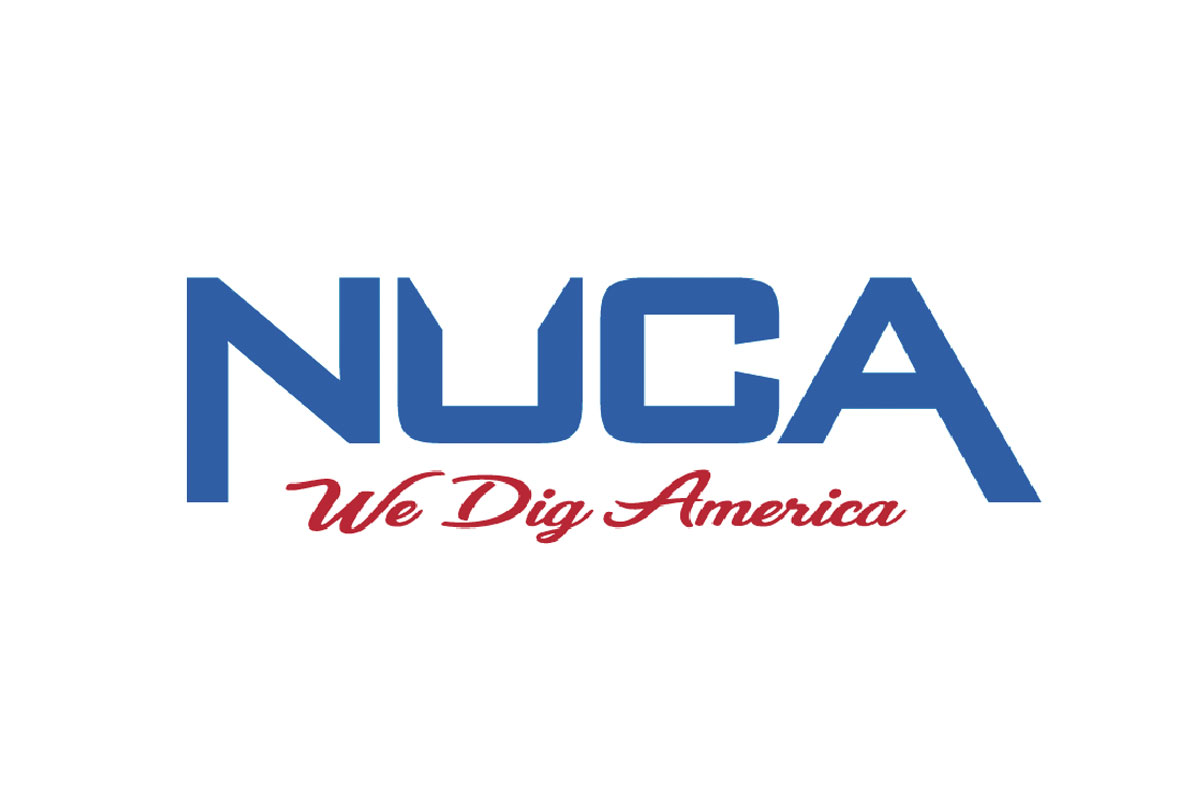Top Jobs Sanitary Sewer Collection: 17th & D Sts. N.W. Emergency Project
EDITOR’S NOTE: In each issue, Utility Contractor will profile NUCA’s Top Job winners. These projects present the association’s best and most innovative work that keep our country’s utility networks operating at peak performance.
To nominate your project for Top Jobs, visit: nuca.com/topjobs
Repairs to aging underground infrastructure is an all-too-common occurrence in older U.S. East Coast cities, with sinkholes and broken pipes occupying the local news section. However, when these broken conduits happen next to the White House in Washington, D.C., these kinds of repairs become high-profile events making national news coverage.
Washington is home to some of the oldest water and wastewater infrastructure in the United States, with some sections dating to the early 19th century.
Late on the evening of Jan. 23, 2019, the ground opened up on 17th Street N.W., two blocks south of the White House complex. The growing sinkhole immediately closed 17th Street, a major north-south commuter artery, between C and E Sts. N.W.
NUCA member Anchor Construction was contacted that night by D.C. Water to perform emergency repairs on this sinkhole.
The sinkhole, initially appearing from the surface to be only 1-foot wide, was washing out the street’s foundation. Because the temperature in January that night was hovering around 0 degrees F, the contents of the broken line were freezing when it hit the cold air. Thankfully, there were no injuries before the collapse was spotted and local D.C. and U.S. Park Service police closed the road for investigation.
After Anchor’s initial crews arrived on site, it was discovered that the collapse had knocked out the communications and electrical lines feeding power to that area. The 12-foot deep sinkhole not only damaged the underground sewer line, it also exposed two 230Kv electric lines that supplied power to many of the buildings and monuments near the White House. The damage had the potential to affect electric power delivery and communications to the White House and its national security operations, which highlighted the serious significance of the situation.
A D.C. Water investigator determined that a section of a 39- by 58-inch wastewater line was crushed when the street’s concrete subsurface collapsed upon it. PEPCO, the local electric power company, re-routed the 230Kv underground lines that night so Anchor could immediately begin repairs.
Anchor began working around the clock to address the situation, starting the very next morning. Its crews dug out the area affected, creating a gigantic 21-foot wide pit in the street and around the crushed sewer line. The pit also exposed electric and telecom infrastructure.

The first order of business was securing the road to prevent further damage to the road or utilities.
Anchor performed all of the water, sewer, sanitary, and electrical work with their own crews. They used excavators, backhoes, and hand digging, all heroically performed in outdoor January temperatures in the single digits at night, and barely reaching 39 degrees during the day.
“This was a unique project given the size of the sink and the proximity to the White House,” said Anchor Jill West. “If the utilities were taken out of service, it could have knocked out communications to the White House. We worked closely with DC Water, PEPCO and DDOT to secure the hole and get the utilities back in service – all while the Secret Service looked on!”
There were many challenges with this emergency project. D.C. Water and local authorities needed to repair the lines and reopen this major street as quickly as possible. While the street was closed to perform the repairs, the electrical systems present were rerouted to keep the service to the local buildings—including the White House—functional. No outages were caused by the sinkhole or the repair needs, according to PEPCO. The cold temperatures also presented personnel safety challenges, as well as repair material dispositions.
The plan devised by Anchor’s value engineering team included shoring the work site and creating a bulkhead for the sewer lines. Approximately 20 feet of new 10-in sewer line was installed, as well as repairing 26 feet of 24-inch sewer pipe. Anchor crews also repaired a brick culvert leading to one of Washington’s late-19th century stormwater tunnels under Constitution Ave. N.W.
“All of the work needed to be done by hand while supporting the road with an excavator,” West said. “In that situation you cannot put in a trench box because you don’t want it touching any of the utilities or freezing in place. We had two crews working 24 hours a day to get the area secured and the utilities repaired.”
The company’s team – notably Senior Superintendent Jose Saravia, Lead Foreman Octavio Hernandez, Glenn Arnesto, Oscar Ventura and Jonathan Martinez – also repaired and secured the electrical and telecom infrastructure in the affected area, before using flowable fill to permanently restore the roadbed foundation for 17th Street.
Anchor completed the job on January 31, seven days after the sinkhole was spotted in the street, with a final layer of asphalt on the roadway. Anchor Construction was able to perform the work within the proposed schedule given to D.C. Water at the beginning of the emergency. Tags: January/February 2021 Print Issue, Top Jobs



